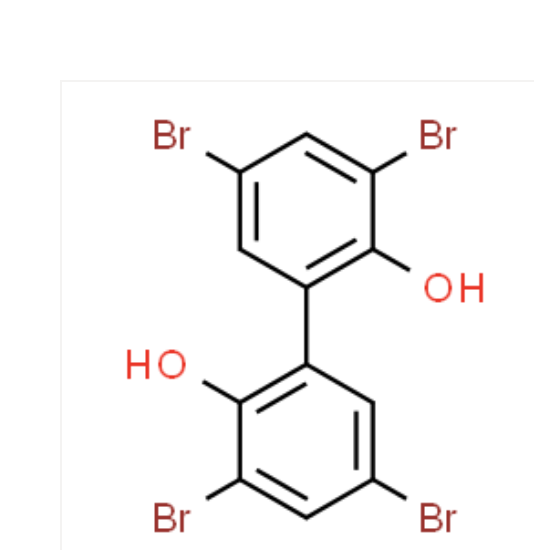https://www.cas.cn/syky/202309/t20230915_4970627.shtml
Algae contribute nearly half of the carbon sequestration to the Earth every year, and are important drivers of the ocean carbon sink and climate regulators. In the natural environment, algae and bacteria are inextricably linked and have a complex relationship, and at the same time, bacteria play an important role in regulating the growth, metabolism and ecological functions of algae. On the one hand, bacteria can promote the growth of algae, for example, the previous study found that nitrogen-fixing bacterial communities can support the long-term survival of Polycystis aeruginosa without the addition of exogenous nutrient salts, which may be an important force to drive the phytoplankton carbon sequestration in oligotrophic oceans; on the other hand, bacteria can inhibit or even kill the algae, and algal-dissolving bacteria are often considered one of the most important factors that lead to algal blooms’ demise in offshore eutrophication waters or at the end of algal blooms, and regulate the carbon sink process of the marine biological pump. Interactions between algae and bacteria in the ocean involve the exchange of thousands of different molecules, but little is known about these small molecules and their mediated bacterial-algal interactions and mechanisms.
Recently, the Marine Carbon Sink and Energy Microorganisms Research Group at the Qingdao Institute of Bioenergy and Process Research, Chinese Academy of Sciences, screened a strain of marine bacteria with broad-spectrum algaecidal activity. It was found that the bacterium can synthesize and release a new small molecule, 3,3′,5,5′-tetrabromo-2,2-biphenyldiol (abbreviated as 4-BP), to achieve lethal effects on a variety of algae, including diatoms, green algae, and methanogens, etc. The study also clarified the synthetic gene clusters of 4-BP, which mainly include three genes encoding branchial acid cleavage enzyme, riboflavin-dependent halogenase and cytochrome P450. Further, this study reveals that the algicidal mechanism of 4-BP mainly involves the inhibition of the synthesis of plastoquinone-9, a key substance in the electron transport chain of the algal photosynthetic system, while severely interfering with other important metabolic processes. The study reveals that the synthetic gene for 4-BP is widely present in a wide variety of bacteria in the global ocean and is a chemical molecular tool that can be used by bacteria to inhibit algae in the ocean. After adding 4-BP to the water body of algal bloom simulated indoors, the researchers found that the photosynthesis of red tide algae was significantly inhibited, effectively preventing algal bloom outbreaks, proving the potential application of 4-BP in algal bloom control, and suggesting that 4-BP is expected to be developed into a new type of highly effective herbicides (patents have been filed).

